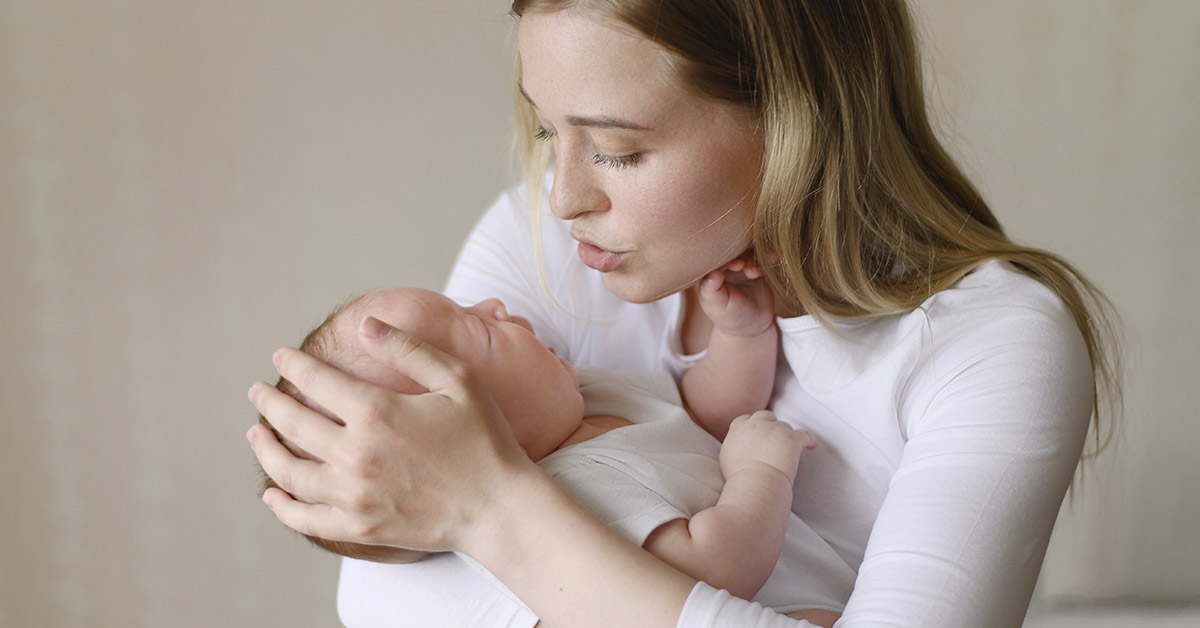New parents often struggle with sleepless nights, which leads many to explore sleep training. One approach, often debated, involves letting the baby cry until they fall asleep. This has sparked concern among experts and caregivers about the dangers of crying it out. While some parents see quick results, others worry about the emotional toll. Not all sleep training methods are the same. Approaches like the Ferber method or more gradual techniques may offer a better balance of rest and reassurance. In this slideshow, we’ll explore the science, the risks, and the gentler alternatives.
What Is the “Cry It Out” Method?

The cry it out method asks parents to place their baby in the crib and leave, even if the baby cries. The idea is that the baby will eventually fall asleep without help. While this can happen within a few nights, the silence doesn’t always signal calm. Critics argue it ignores the baby’s emotional needs. Babies cry to express discomfort, fear, or hunger. When these cues go unanswered, it may cause confusion or distress. That’s why many professionals recommend caution, especially during a baby’s earliest months.
How Is the Ferber Method Different?
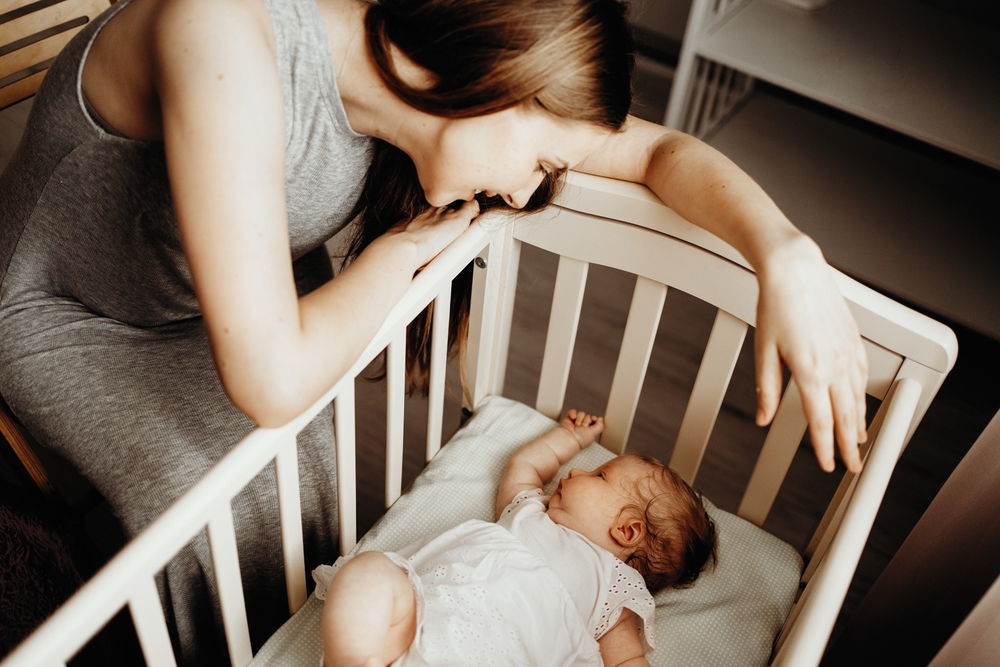
The Ferber method offers a more structured and gradual approach. Parents leave the room after putting the baby to bed but return at increasing intervals. During these brief visits, they provide comfort through voice or touch, without picking the baby up. This technique teaches babies to fall asleep on their own, while still feeling secure. Unlike the cry it out method, it balances space and support. This is why the Ferber method vs. cry it out conversation remains central to sleep training discussions. It allows for gentleness without completely removing parental presence.
Read More: Mother’s Ultrasound Shows Baby ‘Blowing Bubbles’ Then Doctors Discovered What It Really Was
The Emotional Toll of Unchecked Crying

When babies cry for long periods without comfort, it can affect their stress levels. Crying is their only way to communicate, and being ignored may heighten their anxiety. Over time, this may teach the baby that their signals do not bring help. Some researchers worry that this could influence trust and emotional development. Even if the baby eventually stops crying, it doesn’t mean they feel better. It might mean they feel resigned. These emotional risks are part of the larger conversation around the dangers of crying it out.
What the Science Says About Cortisol
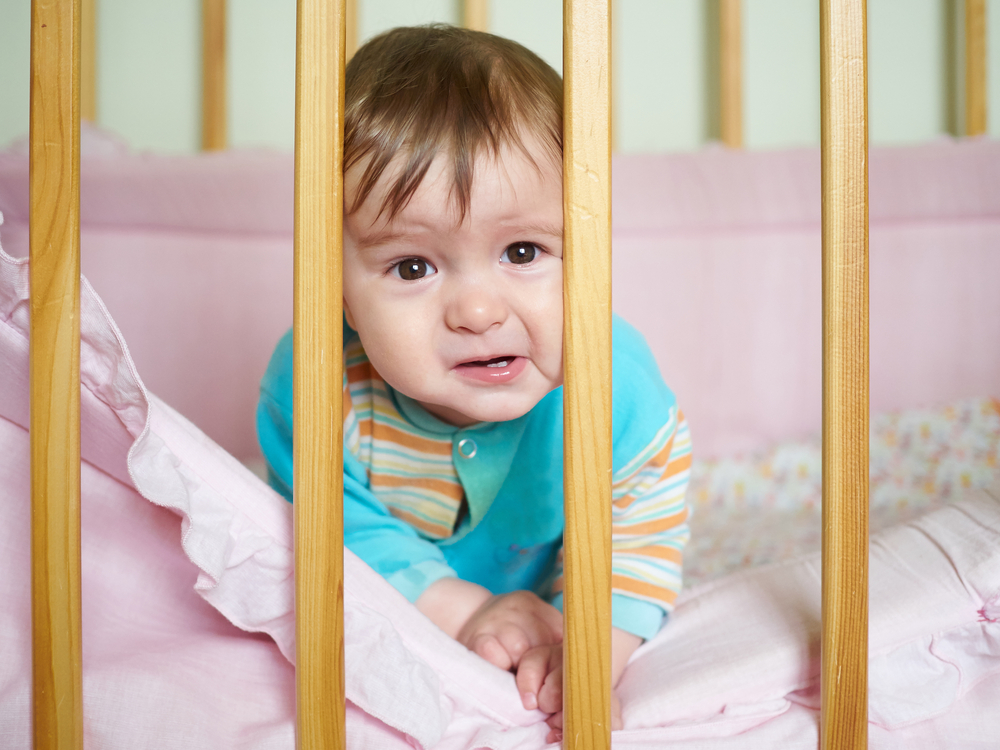
Scientific studies show that babies left to cry without comfort may experience increased levels of cortisol, the hormone released in response to stress. Elevated cortisol levels may stay high even after the baby stops crying, suggesting lingering internal stress. Over time, frequent stress can influence brain development, especially in areas that regulate emotion and memory. While babies may appear calm, they could still be overwhelmed. This internal response reminds us why emotional safety is just as important as sleep habits.
Attachment and Trust Concerns

A strong emotional bond forms when babies feel secure and cared for. If a baby consistently receives comfort during distress, they build trust in their caregivers. Ignoring repeated cries, especially in very young infants, may interfere with this bond. Critics question whether this technique aligns with healthy attachment, especially in the early months. The question “does crying it out cause long-term damage?” has been studied with mixed results, but many experts still recommend caution. Building a secure connection during sleep training is essential for long-term emotional health.
Read More: Viral Trend in China: Kids Do the Chores While Parents Kick Back
Gentler Alternatives to Cry It Out

Parents don’t have to choose between rest and responsiveness. Gentler sleep training techniques exist and often work well over time. “Camping out” involves staying near the crib and gradually moving farther away each night. “Bedtime fading” adjusts the baby’s bedtime to better match their natural sleep cycles. These methods teach sleep skills without ignoring distress. They also help reduce tears, ease stress, and preserve the emotional bond. For many families, slow and steady proves more effective than abrupt, silent nights, and avoids any dangers of crying it out.
The Role of Routine in Baby Sleep

Establishing a consistent bedtime routine can help babies fall asleep more easily. Familiar steps, such as a warm bath, soft music, and quiet cuddles, signal that bedtime is near. Routines make the environment predictable and comforting. This sense of security helps babies transition to sleep without fear. Many sleep struggles resolve with routine alone, removing the need for formal training. In fact, consistent rituals often lay the groundwork for better sleep and better bonding.
Read More: ARFID: Eating Disorder Linked To Fear And Anxiety Becoming More Common in Children
The Right Time to Sleep Train
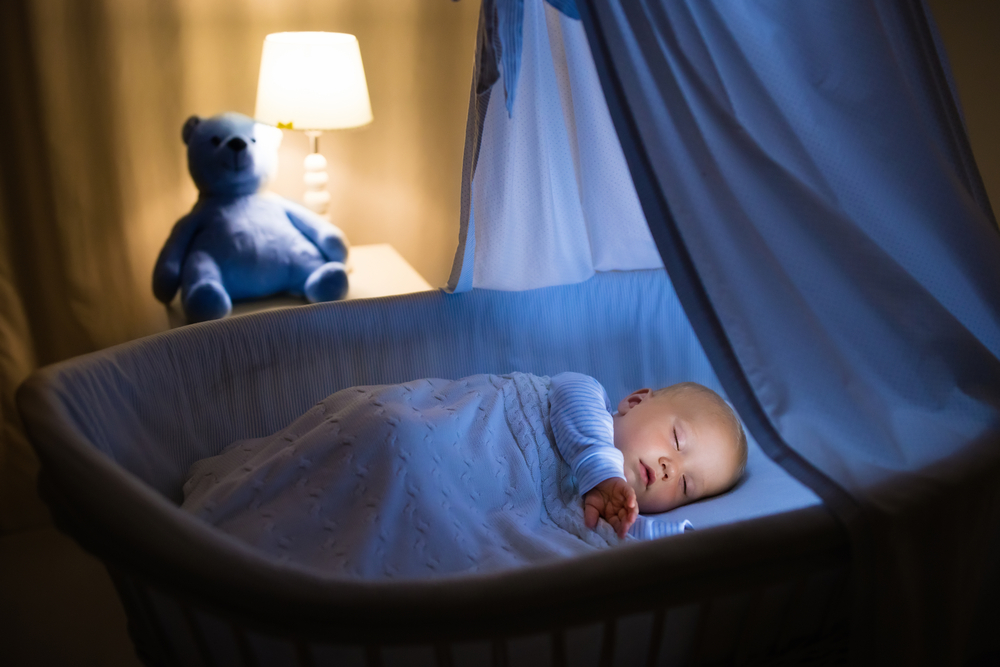
Sleep training works best when started at the right developmental stage. Experts usually recommend beginning no earlier than four to six months of age. Younger babies often still need nighttime feedings and soothing. If training begins too early, it may lead to frustration for both baby and parents. Timing matters. Starting too soon can add stress instead of relief. Watching your baby’s cues helps you choose a moment when they’re ready for new routines and are capable of learning sleep independence.
Parental Stress Matters Too

Sleep training affects both babies and parents. For many caregivers, listening to a baby cry without responding creates anxiety or guilt. These emotions can build quickly and may make sleep training feel unbearable. Parents who choose gentler approaches often feel more confident and connected. Finding a method that supports your emotional needs is just as important as improving sleep. You should never feel forced into a strategy that doesn’t feel right. Your well-being influences your baby’s well-being too.
Read More: Why Does My Baby Have a Lip Blister? Causes, Remedies, and Guidance
What the Research Actually Shows
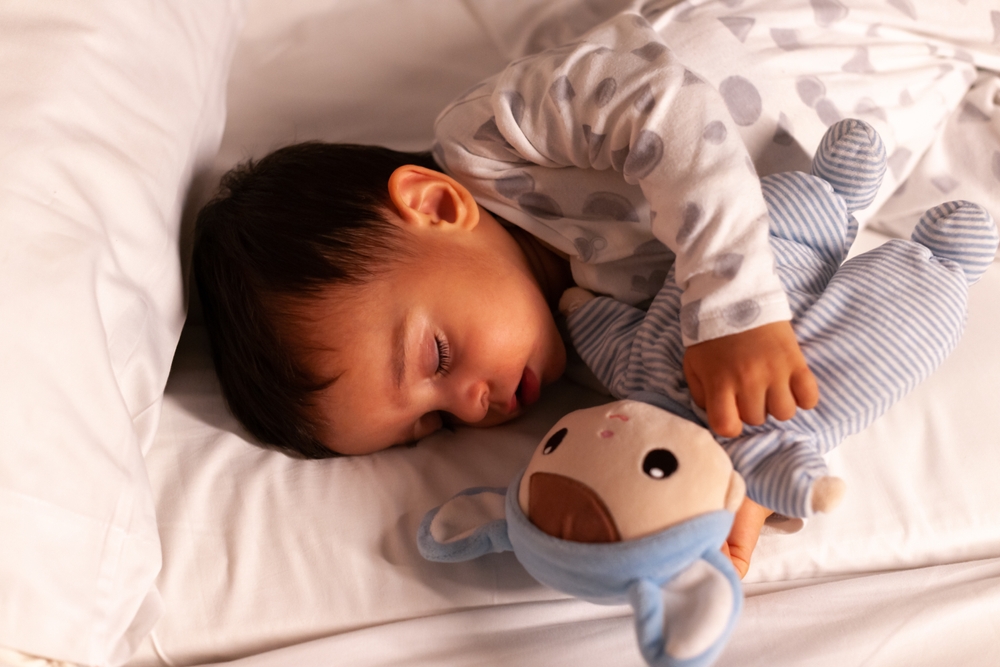
Most long-term studies suggest that moderate sleep training, like the Ferber method, does not cause emotional harm. In fact, families often report improved sleep and better moods. However, researchers also note that more data is needed, especially on emotional development. While sleep training can be helpful, how it’s done matters. Methods that involve some reassurance usually have better outcomes. When considering the dangers of crying it out, it helps to remember that parental sensitivity and timing make all the difference.
Finding What Works for You and Your Baby

Every family has its own rhythm. Some babies respond quickly to structured methods, while others need more time and comfort. There’s no single right answer. Trust your instincts and pay attention to your baby’s signals. Whether you choose the Ferber method, a gentler approach, or none at all, your love and consistency matter most. Healthy sleep doesn’t require emotional distance. With patience and a little trial and error, you can find a method that respects both your baby’s needs and your own.
Gentle Is Powerful
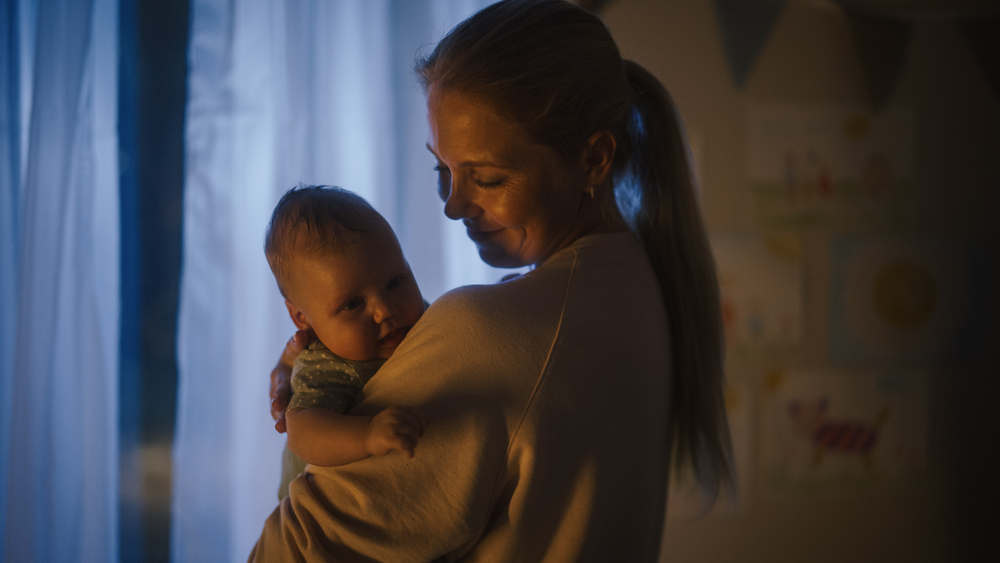
The dangers of crying it out remind us that sleep training should never be harsh or rigid. While some families see results from extinction methods, others experience unnecessary stress. Gentler options offer effective, compassionate solutions. From bedtime routines to gradual withdrawal techniques, responsive sleep training helps babies rest without losing connection. You don’t have to choose between rest and reassurance. By choosing methods that build trust, you support your baby’s sleep and emotional well-being at the same time. That’s a win for everyone.
Read More: Holding Your Crying Baby isn’t Spoiling Them, You’re Just Meeting the Child’s Needs
